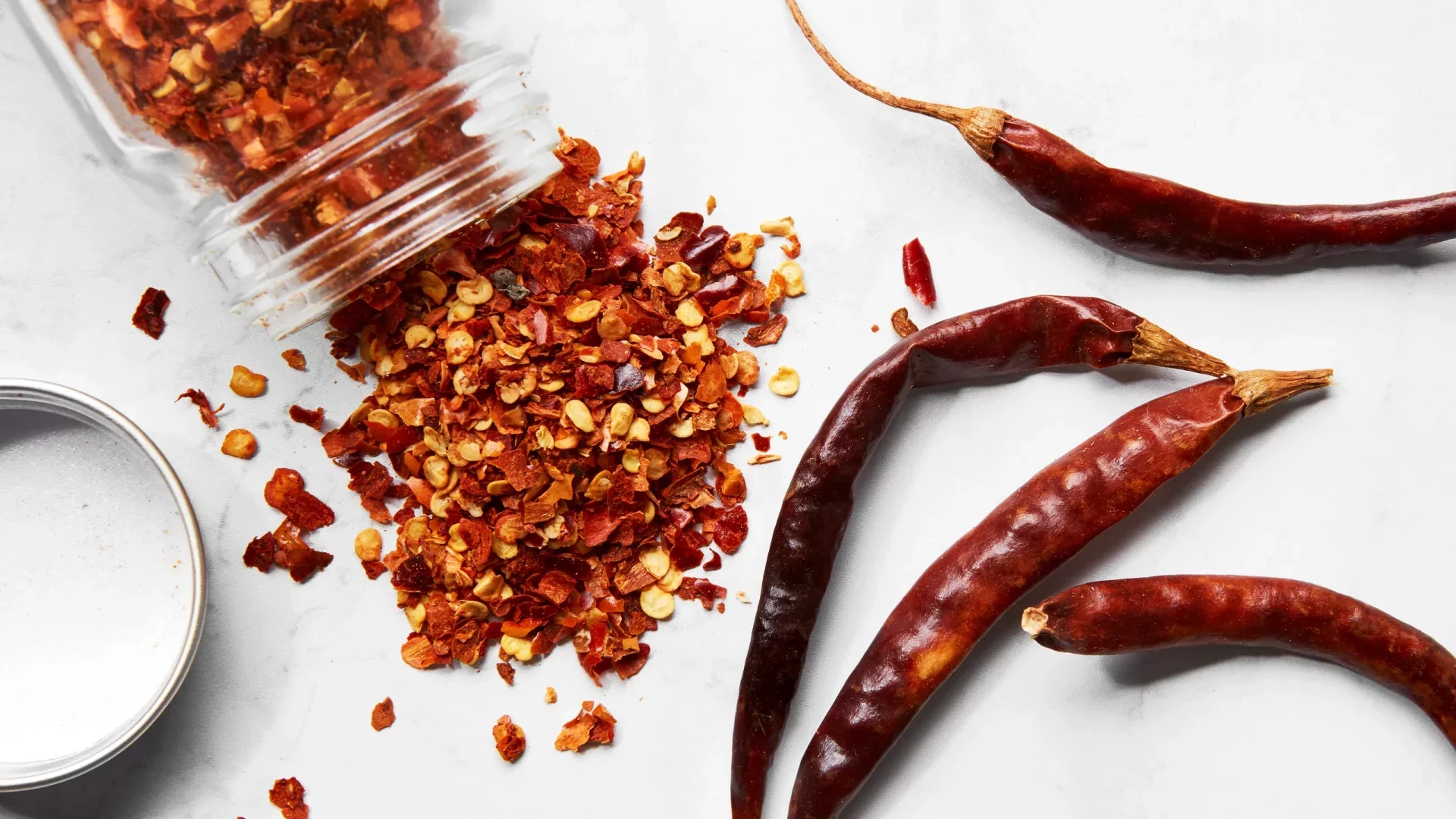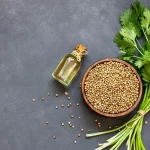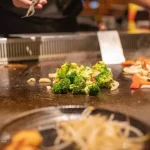Red Pepper Flakes vs Chili Flakes

The debate on what kind of spicy flakes is good for your food continues with the red pepper flakes vs chili flakes comparisons and sometimes arguments in the kitchen. This is not for everyone who enjoys about any kind of heat and spice in their food. This is for the food heat/spice aficionados who are very delicate and precise with the exact kind of spice, heat, flavor, aroma and even texture and color of the pepper they introduce to their dishes.
For such persons, the chili flakes vs red pepper flakes comparisons is as real and important as any other non-food comparisons out there. For these cooks and individuals, I have put together a thorough comparison article, putting together every aspect of these two awesome spicy flakes; the red pepper flakes and chili flakes. At the end of the article, you should be able to choose which of these two flakes is the absolute best for you and your culinary needs.
What Is Chili Flakes?
Chili flakes, also known as crushed chili, are a spice made from dried and crushed chili peppers. They are widely used to add heat and flavor to a variety of dishes. Here’s some information about chili flakes, including their production, ingredients, and common culinary uses:
Production:
Chili flakes are made from drying and crushing chili peppers. The chili peppers are typically harvested when fully matured and then dried through various methods such as air-drying or dehydration. Once dried, the chili peppers are crushed into small flakes. The resulting flakes can range in size and texture, from fine to coarse.
Chili Pepper Varieties:
Chili flakes can be made from different types of chili peppers, each offering its own unique flavor profile and level of heat. Common chili pepper varieties used for chili flakes include cayenne, jalapeño, serrano, and Thai chili peppers. The choice of chili pepper variety will affect the overall heat and taste of the flakes.
Flavor and Heat:
Chili flakes provide a distinctive heat and flavor to dishes. The level of spiciness can vary depending on the chili pepper variety used and the amount of seeds and veins included in the flakes. Chili flakes offer a pungent, sometimes smoky flavor with underlying fruity or earthy notes, depending on the specific chili pepper variety.
Culinary Uses:
Chili flakes are a versatile spice used in various cuisines around the world. They are valued for their ability to add heat and complexity to dishes. Here are some common uses:
- Seasoning and Spice Blend: Chili flakes are commonly used as a seasoning to add heat and flavor to a wide range of dishes, including sauces, marinades, soups, stews, stir-fries, and spice blends. They can be sprinkled directly onto foods during cooking or used as a finishing touch.
- Pizza Topping: Chili flakes are a popular pizza topping, adding a spicy kick to the savory flavors of the cheese, sauce, and other ingredients.
- Condiment: Chili flakes can be used as a condiment, allowing individuals to add heat and spiciness to their desired level. They can be sprinkled over dishes like pasta, grilled meats, vegetables, or even scrambled eggs.
- Homemade Hot Sauce: Chili flakes are a key ingredient in homemade hot sauce recipes, providing both heat and flavor.
- Pickling: Chili flakes can be added to pickling brines to infuse vegetables with heat and spice, such as pickled jalapeños or kimchi.
- Dry Rubs and Marinades: Chili flakes are often included in dry rubs and marinades for meats, poultry, and seafood, adding a fiery kick and enhancing the overall flavor.
- Infused Oils: Chili flakes can be infused into oils to create flavorful chili oils, which can be drizzled over dishes or used as a dipping sauce.
It’s important to keep in mind that the heat level of chili flakes can vary depending on the chili pepper variety and the amount used. It’s recommended to start with a small quantity and adjust according to personal taste preferences.
What is Red Pepper Flakes?
Red pepper flakes, also known as crushed red pepper, are a popular spice made from dried and crushed red chili peppers. They add heat and a touch of vibrant flavor to various dishes. Here’s some information about red pepper flakes, including how they are made, their ingredients, and their common uses:
Production:
Red pepper flakes are typically made from a variety of dried red chili peppers. The peppers are harvested, dried, and then crushed into small flakes. The process may involve removing the stems and seeds before grinding or crushing the dried peppers. The resulting flakes can vary in size, ranging from fine to coarse.
Chili Pepper Varieties:
Red pepper flakes can be made from different chili pepper varieties, depending on regional preferences and desired heat levels. Common chili peppers used for red pepper flakes include cayenne, jalapeño, and serrano peppers. These peppers are known for their spiciness and vibrant red color.
Flavor and Heat:
Red pepper flakes provide a significant amount of heat to dishes. The level of spiciness can vary depending on the chili pepper variety and the amount of seeds and veins included in the flakes. The heat is often measured using the Scoville scale, with cayenne pepper flakes typically falling between 30,000 to 50,000 Scoville heat units (SHU). In addition to heat, red pepper flakes offer a pungent, slightly fruity flavor that adds depth to dishes.
Culinary Uses:
Red pepper flakes are a versatile spice used in various cuisines around the world. They are a common ingredient in Italian, Mediterranean, and Mexican dishes, among others. Here are some popular uses:
- Seasoning and Spice Blend: Red pepper flakes are frequently used as a seasoning to add heat and flavor to pasta sauces, pizzas, stews, and marinades. They are also incorporated into spice blends, such as Italian seasoning or Cajun spice mixtures, to provide a spicy kick.
- Pizza Topping: Red pepper flakes are a classic topping for pizzas. They add a fiery touch and complement the flavors of the cheese, sauce, and other toppings.
- Condiment: Red pepper flakes can be used as a condiment, allowing individuals to add heat and spiciness to their preferred level. They can be sprinkled directly on dishes like pasta, soups, salads, or grilled meats.
- Infused Oils: Red pepper flakes can be infused into oils to create spicy chili oil. The oil can be drizzled over various dishes, providing heat and flavor.
- Homemade Hot Sauce: Red pepper flakes can be an essential ingredient in homemade hot sauce recipes, providing both heat and flavor.
- Pickling: Red pepper flakes are sometimes used in pickling brines to add heat and spice to pickled vegetables like cucumbers, carrots, or jalapeños.
It’s important to note that the heat level of red pepper flakes can vary among brands and sources, so it’s advisable to start with a small amount and adjust according to personal taste preferences.
From the two different sections above explaining and differentiating the two different but very similar pepper flakes, we’ll dive into the comparison sections that would highlight all the differentiating features as well as the similarities between chili flakes and red pepper flakes.
Chili Flakes vs Crushed Red Pepper
| Feature | Red Pepper Flakes | Chili Flakes |
|---|---|---|
| Heat Level | Medium to high (varies based on variety) | Medium to high (varies based on variety) |
| Color | Bright red | Varies (depending on chili pepper variety) |
| Texture | Small flakes | Small flakes |
| Flavor | Pungent, sometimes smoky, fruity or earthy | Pungent, sometimes smoky, fruity or earthy |
| Culinary Uses | Seasoning, pizza topping, condiment, | Seasoning, pizza topping, condiment, |
| homemade hot sauce, pickling, marinades | homemade hot sauce, pickling, marinades | |
| Common Varieties | Cayenne, jalapeño, serrano, Thai, etc. | Cayenne, jalapeño, serrano, Thai, etc. |
| Heat Level Range | Varies based on variety, typically medium to | Varies based on variety, typically medium to |
| high | high |
As you can see from the red pepper flakes vs chili flakes table above, the two different pepper flakes are mostly similar except for their obvious color difference. This color difference is usually as a result of the species of peppers used, these different peppers typically result in varying level of hotness, flavor, taste, aroma and texture.



